Kami Hut Elevation / Altitude: 4,439 m above sea level.
Kami Hut, situated at an elevation of 4,439 meters (14,564 feet) no longer exists but holds a significant place in the history of Mount Kenya’s climbing community. Constructed in 1963, this hut served as a vital base for climbers tackling the challenging north face of Batian, the highest peak of Mount Kenya. However, due to environmental concerns, particularly the pollution of the nearby Kami Tarn, the hut eventually fell out of use.
Originally intended to provide shelter and support for climbers, Kami Hut played a crucial role in facilitating expeditions to the north face of Batian. Climbers would utilize the hut as a staging area, preparing themselves for the demanding ascent ahead. The hut’s location offered a strategic starting point for climbers to traverse south along the east side of the mountain, eventually ascending into the wide gully between the Krapf Rognon and the main peak.
Despite its name, Kami Hut was not a traditional structure but rather an area designated for camping and temporary shelter. Climbers would set up their campsites in this vicinity, utilizing the natural features of the landscape to establish a base for their ascent. The surrounding scenery, characterized by the imposing presence of the Krapf Rognon, served as a dramatic backdrop for climbers as they embarked on their journey upwards.
Over time, concerns arose about the pollution of the nearby Kami Tarn, a body of water essential for climbers’ hydration and other needs. The degradation of the tarn’s water quality led to the abandonment of Kami Hut as a viable base for climbers. As a result, alternative routes and bases were sought, marking the end of Kami Hut’s era as a focal point for climbers tackling Batian’s north face.
Despite its cessation of use, Kami Hut remains a part of Mount Kenya’s climbing history, representing the challenges and triumphs of those who dared to explore the mountain’s formidable terrain. Its legacy endures as a reminder of the delicate balance between human activity and environmental preservation in one of Africa’s most iconic climbing destinations.
- 7 Days Mount Kenya Sirimon – Chogoria Trek
- 5 Days Mount Kenya Sirimon – Naro moru Trek
- Naromoru – Mount Kenya Day Hike
- 8 Days Mount Kenya Burguret – Chogoria Trek

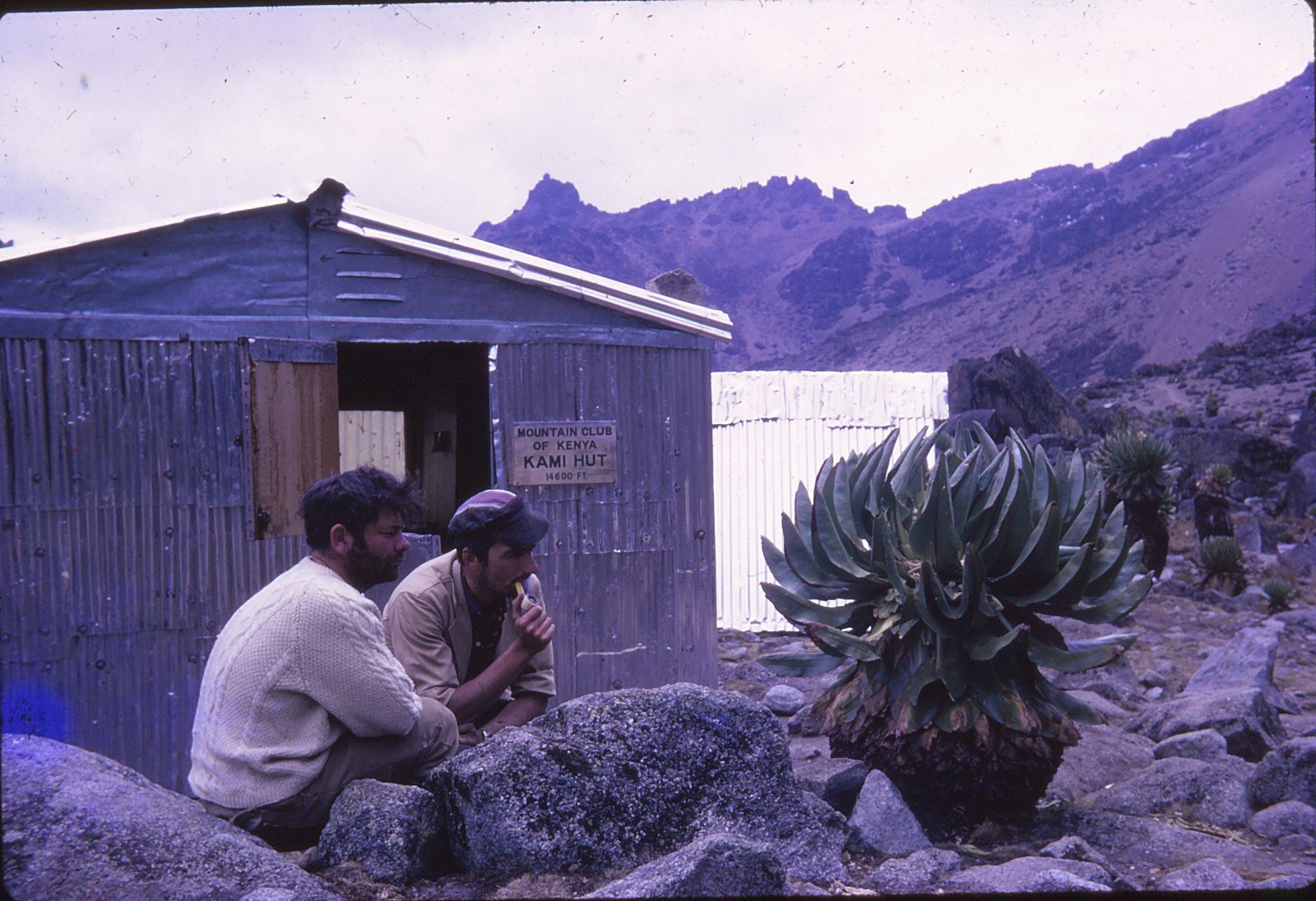
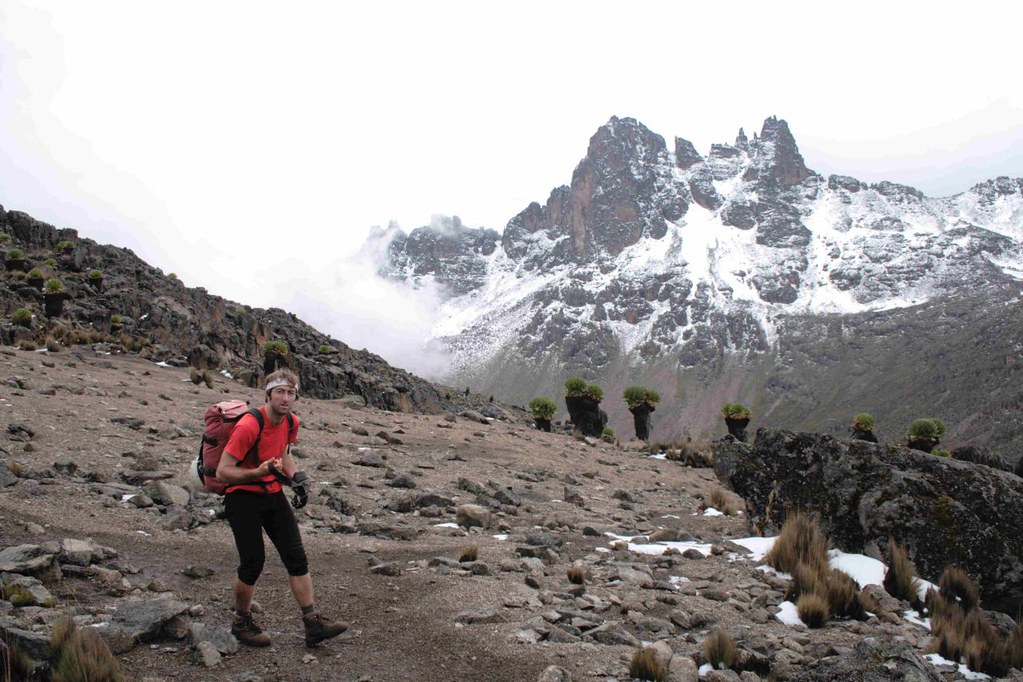
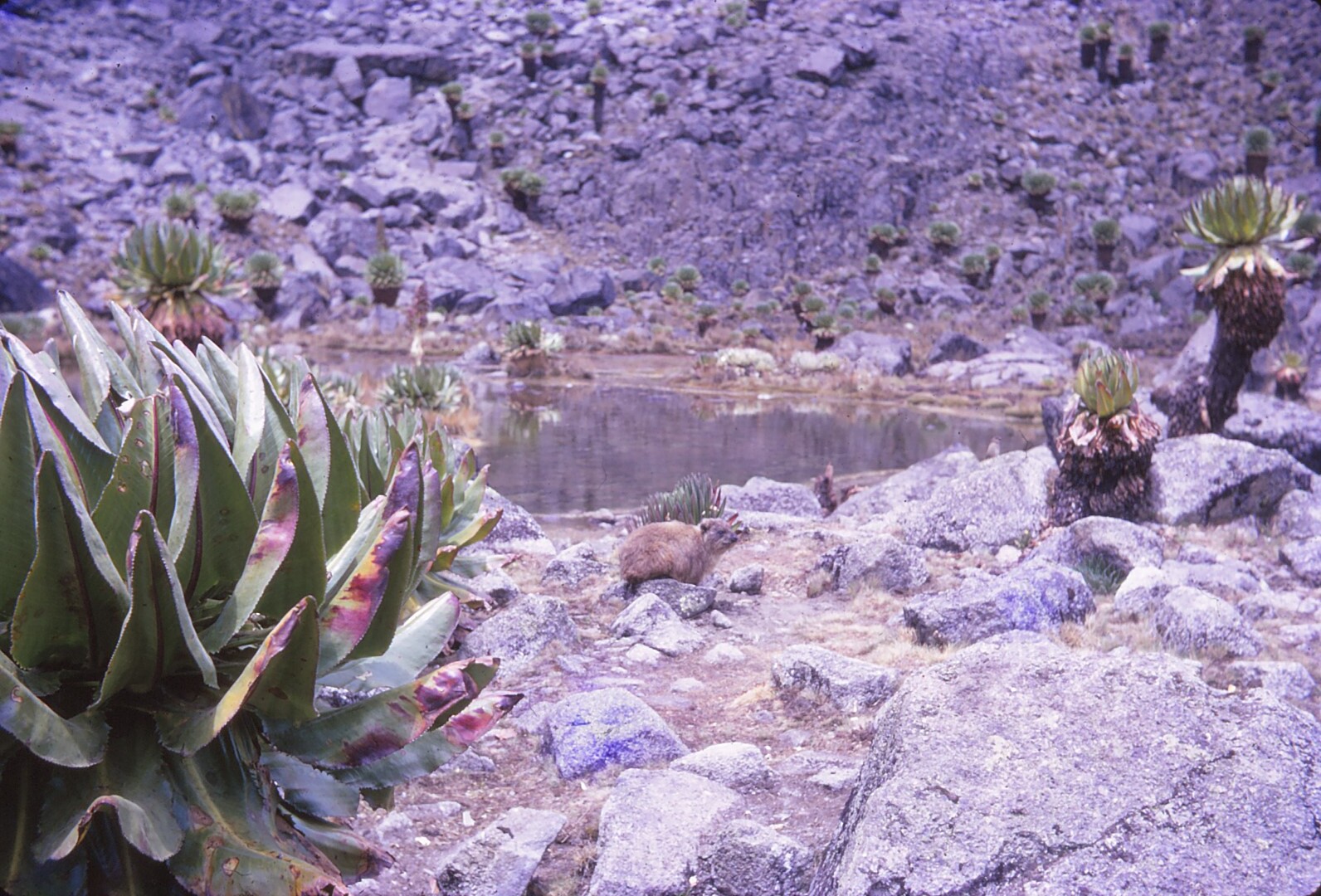
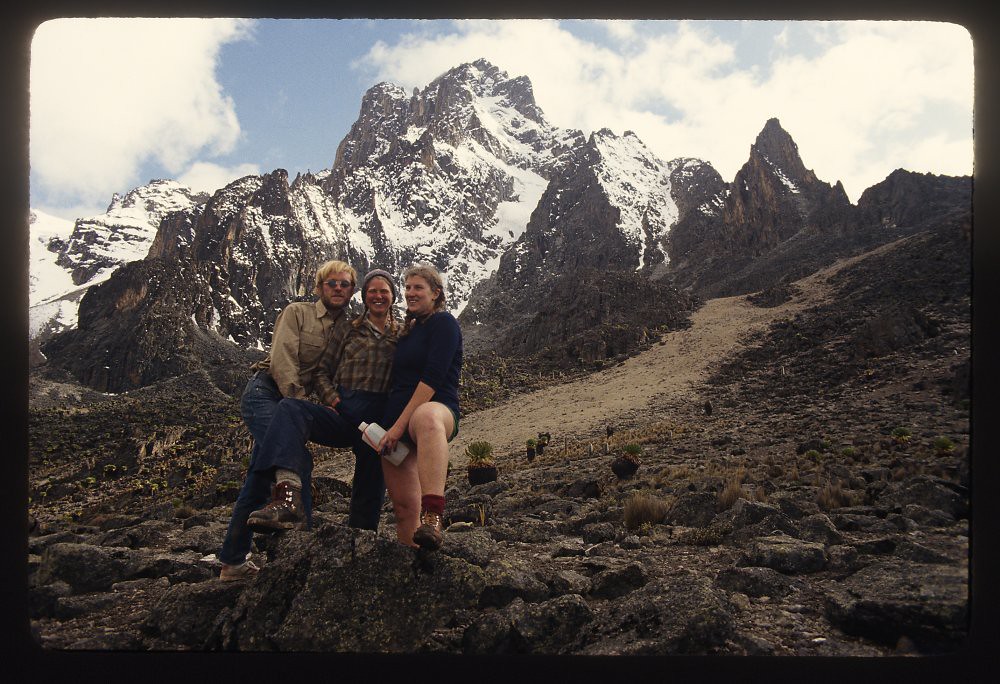
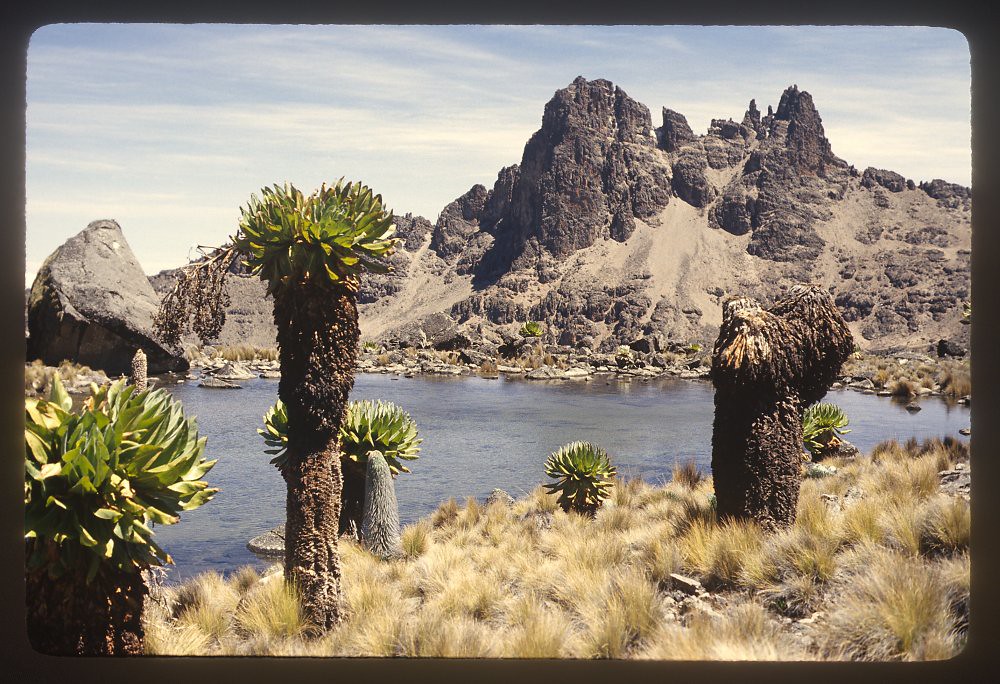
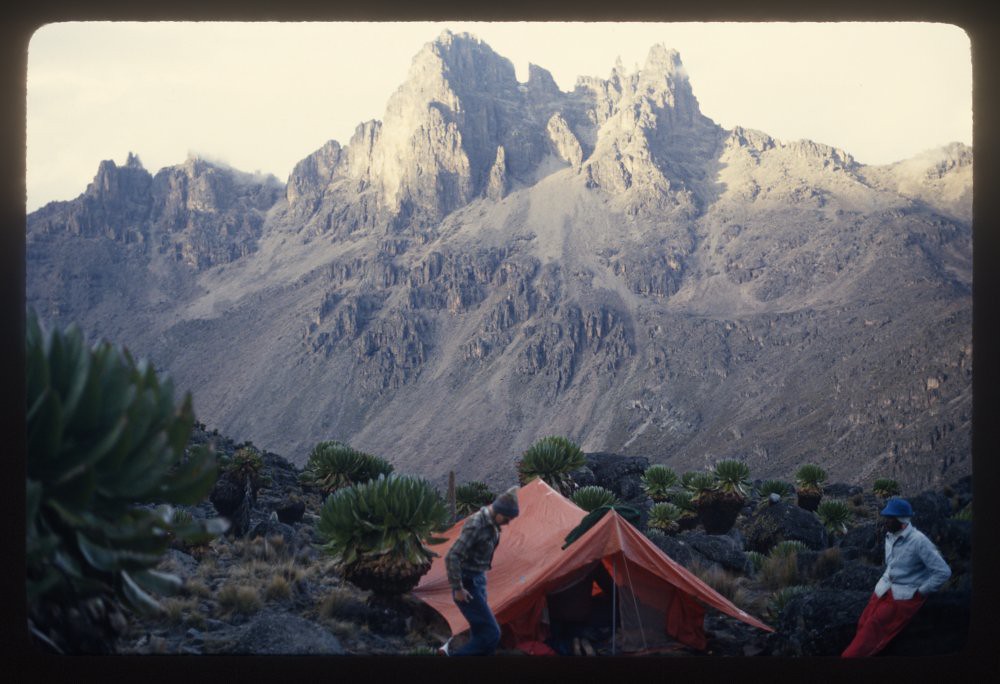
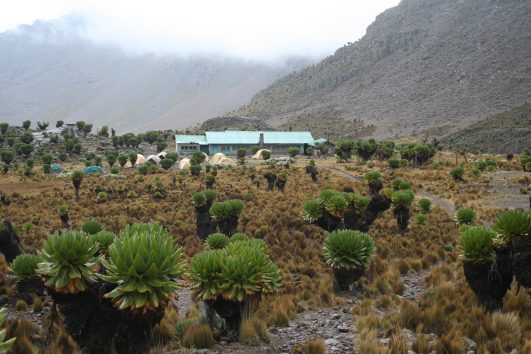
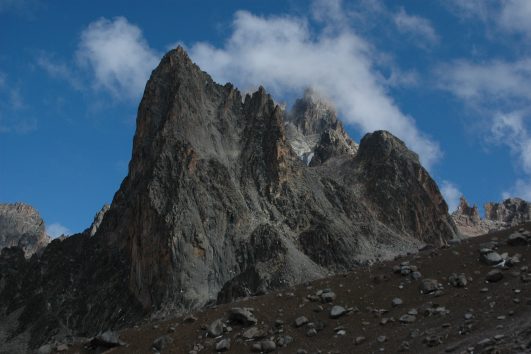
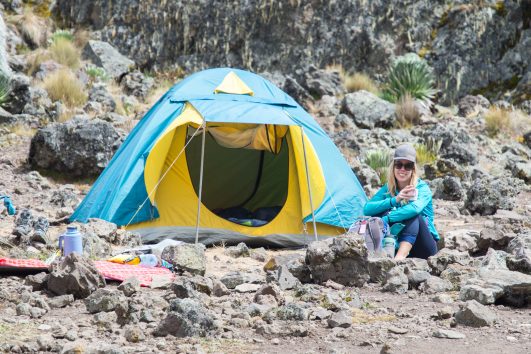
Tour Reviews
There are no reviews yet.
Leave a Review